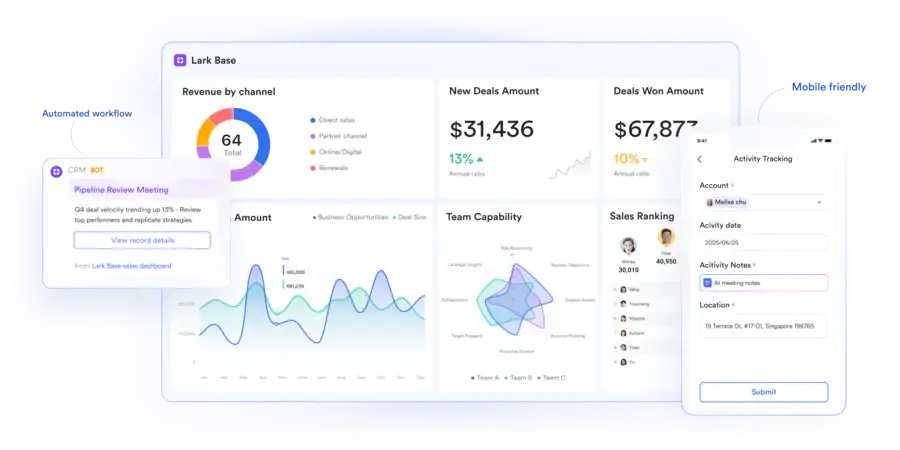Raising money for a crypto project used to mean building hype, getting listed on a launchpad, and hoping for a moonshot. But the market isn’t the same now. Investors ask more questions, communities want to see real use cases, working products, and long-term plans. Quick wins are rare, and noise alone doesn’t cut it.
In this new climate, digital marketing isn’t just something nice to have, it’s a key part of the fundraising process. And while most teams focus on influencers and paid ads, there’s one channel they keep missing: SEO.
Why SEO Should Be a Top Priority
Search engines are still one of the most trusted ways people find information. If someone hears about your token and searches for it online, what will they find? If your site isn’t showing up, or if the only result is a Reddit thread from six months ago, you’ve already lost momentum.
SEO helps projects rank for important keywords that potential investors, users, and even journalists search for. It not only creates traffic but also trust and reliability for your project. When a project appears at the top of search results with strong content and helpful pages, people take it seriously. This is why it’s crucial to have an experienced crypto SEO agency helping you reach that goal.
Investing in SEO also works long-term. Ads stop the second the budget runs out. Social media trends fade. But a blog post or landing page that ranks can keep pulling in traffic for months or even years.
Be Seen Before the Token Launch
Most crypto teams ramp up their marketing right before their initial DEX offering (IDO) or token launch. But by then, it can already be too late.
SEO takes time. Pages need to be crawled, indexed, and ranked. That process can take weeks or months. Starting early is key, so anyone you have working on marketing strategy should build content during the early stages of development. That way, by the time you’re ready to fundraise, people can already find and learn about the project.
Some of the best keywords to target early on include things like:
- “[project name] crypto”
- “[project name] review”
- “how to buy [token name]”
- “IDO [project name] date”
If you don’t rank for those terms, someone else will, possibly a scam site or a blog spreading bad info about your project. That’s a huge risk to take, so act on time.

Create Content That Builds Trust
Having a whitepaper and a landing page isn’t enough. People who come across a new crypto project have questions, and they expect answers that make sense. That’s where real content comes in.
Remove the Jargon
This starts with stripping out the jargon. Most investors and users aren’t blockchain developers. They don’t want to read technical breakdowns that they can’t follow. What they do want is a plain explanation of what the project does and why it’s different. If a visitor can’t understand the core idea in the first few minutes, they’ll leave.
Clear Tokenomics
Your tokenomics need to be just as clear. People want to know where the tokens are going, how they’re being used, who controls them, and what role they play in the long term. If you want people to confidently buy crypto, you must avoid a cluttered PDF full of vague terms and confusing charts. That kind of presentation isn’t going to build trust. You need to be upfront, simple, and transparent.
Updates are a Must
Regular updates also go a long way. If you say you’re building something, show people that it’s actually happening. That could be a quick blog post about a new feature, a partnership, or even a small step in your roadmap. You don’t need to write essays, but you do need to keep showing signs of progress.
Talk About the Risks
And don’t shy away from risk because every project has it. Trying to hide the hard parts or avoid tough questions only makes you look less reliable. If you’re open about the challenges and honest about what could go wrong and what you’re doing to manage it, you’ll earn far more respect.














